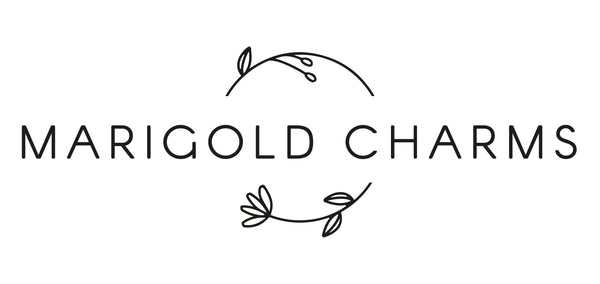Himalayan salt is a type of rock salt (halite) that is mined from the Khewra Salt Mine in the Punjab region of Pakistan, near the Himalayan foothills. It's known for its pink to reddish color, which comes from trace minerals like iron oxide (rust) and small amounts of magnesium, calcium, and potassium.

🧂 Key Features of Himalayan Salt
|
Feature |
Description |
|
Color |
Ranges from light pink to deep red |
|
Source |
Khewra Salt Mine, Pakistan (one of the oldest and largest salt mines in the world) |
|
Composition |
Mostly sodium chloride (~95–98%), plus 84+ trace minerals |
|
Texture |
Can be fine, coarse, or in large crystals |
|
Form |
Sold as cooking salt, bath salt, salt lamps, blocks, or decorative crystals |
✅ Common Uses
- Culinary
- Wellness and Beauty
- Decorative and Therapeutic
🏔️ Fun Fact
Himalayan salt is over 250 million years old, formed from the evaporation of ancient oceans — that’s why it’s sometimes called “fossilized sea salt.”
In Summary:
Himalayan salt is a natural pink rock salt known for its beautiful appearance and trace mineral content. It’s popular in cooking, skincare, and wellness rituals — not a miracle substance, but a lovely and versatile one.
